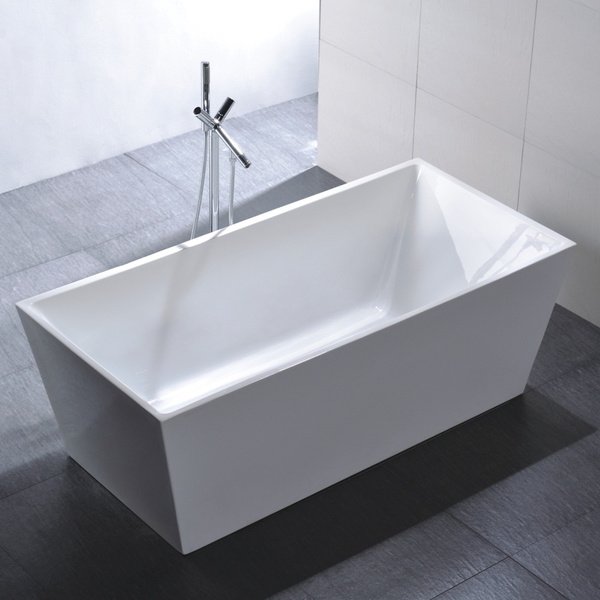
Porcelain vs Acrylic Bathtubs – Most Important Differences in 2025
Acrylic and porcelain bathtubs make excellent additions to any bathroom, but it is important to understand their differences before you
Acrylic and porcelain bathtubs make excellent additions to any bathroom, but it is important to understand their differences before you choose the right one for your home. Here are their primary advantages and disadvantages between both acrylic and porcelain:
Acrylic bathtubs are made by bonding an acrylic finish over a reinforced fiberglass base, which creates a lightweight yet durable tub. Porcelain bathtubs, on the other hand, are constructed by applying a layer of enamel over a cast iron or steel base. This difference in construction is the primary factor behind many of their contrasts.
Because of the iron base, porcelain tubs are significantly heavier than acrylic tubs, often requiring additional support during installation. While porcelain offers a harder, more scratch-resistant surface, it is also more prone to chipping or cracking from heavy impacts. Acrylic, being softer and lighter, is easier to maneuver, available in a wider variety of shapes and sizes, and more forgiving against drops or impacts, though it can scratch more easily.
Overall, the choice between acrylic and porcelain comes down to priorities: weight and flexibility versus durability and a classic look. To help you evaluate the key considerations side by side, here’s a detailed comparison across all major categories:
| Criteria | Acrylic Bathtubs | Porcelain Bathtubs |
| Weight | Lightweight; easy to maneuver and install; flexible in design. | Very heavy; harder to install; limited design options. |
| Installation | Can sometimes be DIY-installed; lighter weight requires no floor reinforcement. | Typically requires professional installation; may need reinforced flooring. |
| Heat Retention | Retains heat longer due to fiberglass construction. | Loses heat faster because of metal base; foam-insulated models retain heat better. |
| Comfort & Feel | Warm and softer to the touch; inviting for long soaks. | Feels colder and harder at first contact; warms up as tub fills. |
| Cost | More affordable to buy and install. | More expensive overall, including higher installation costs. |
| Durability | Softer material; resists cracks from impacts but prone to surface scratches. | Harder surface resists scratches but chips or cracks more easily from heavy impacts. |
| Longevity & Lifespan | Typically lasts 10–15 years before showing wear; can be refinished. | Can last for decades with proper care; long-term investment. |
| Maintenance | Easy to clean with mild cleaners or detergents. | Requires gentler cleaning (vinegar, lemon water, or soap); avoid abrasives. |
| Safety (Slip Resistance) | Slightly textured surface provides better slip resistance. | Smooth, slippery surface; usually requires mats or anti-slip treatments. |
| Restoration | Simple to refinish with DIY kits. | Restoration possible but often requires professional refinishing. |
| Popularity & Resale Value | Modern and versatile; fits a wide range of styles. | Classic, timeless look; valued for traditional bathrooms. |
| Stain Removal | Easy to remove stains with hot water, baking soda, or vinegar. | Stain removal requires baking soda + ammonia or professional-grade cleaners. |
Here are the main differences of porcelain and acrylics that should be considered before purchasing in more detail
Of the two, Acrylic is much lighter than Porcelain. This means that acrylic has much more flexibility when it comes to installation and placement in the bathroom, making it much easier to install than a porcelain tub. It’s lighter weight also means that it is much easier to manipulate and use, thus, giving it a wide range of available shapes and sizes on the market. affects the number of sizes and shapes available.
In contrast, porcelain is much more limited in available shapes and sizes due to the additional weight of the material itself, making it much more difficult to install.
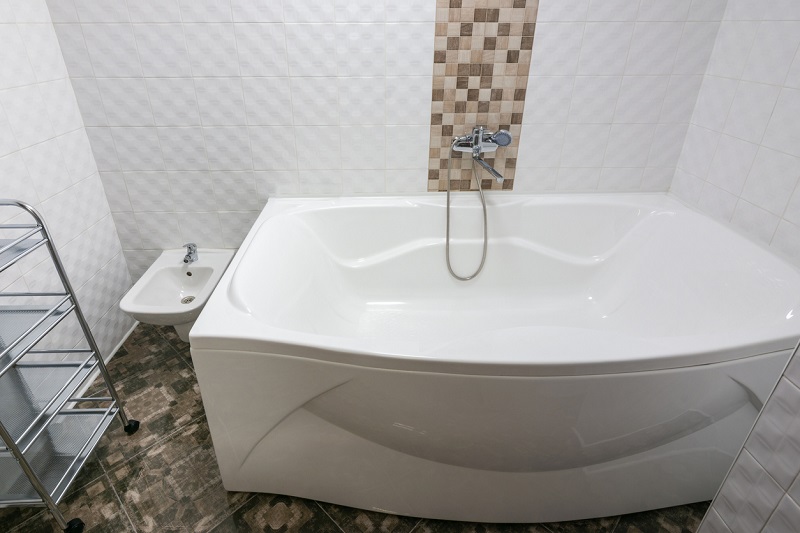
Acrylic tubs have better heat retention than porcelain tubs. Porcelain tubs are created by layering a porcelain coating over an iron or metal base. This creates a separating layer between the coating and the structural material of the tub itself, meaning the material will release heat much faster.
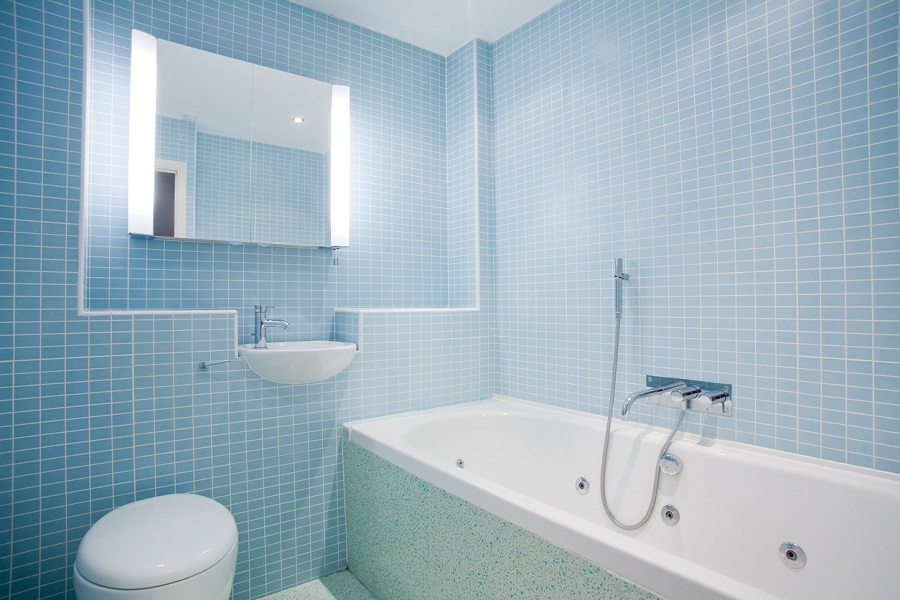
Acrylic, on the other hand, is constructed from reinforced fiberglass and it a contiguous material bonded together into the shape of a bathtub, meaning the material will retain heat for longer periods of time as there is no other material to get in the way. It is important to note that there are some models of porcelain tubs that are foam insulated to help retain heat for longer, and if done so, the tub’s heat retention is about equal to acrylic.
Due to the nature of how they are constructed, porcelain bathtubs are generally more expensive than acrylic. This cost also takes into consideration that porcelain tubs require more maintenance than acrylic and are generally more expensive to install as well. Bathtub costs between acrylic and porcelain will also depend on the size of the tub that the end user chooses.
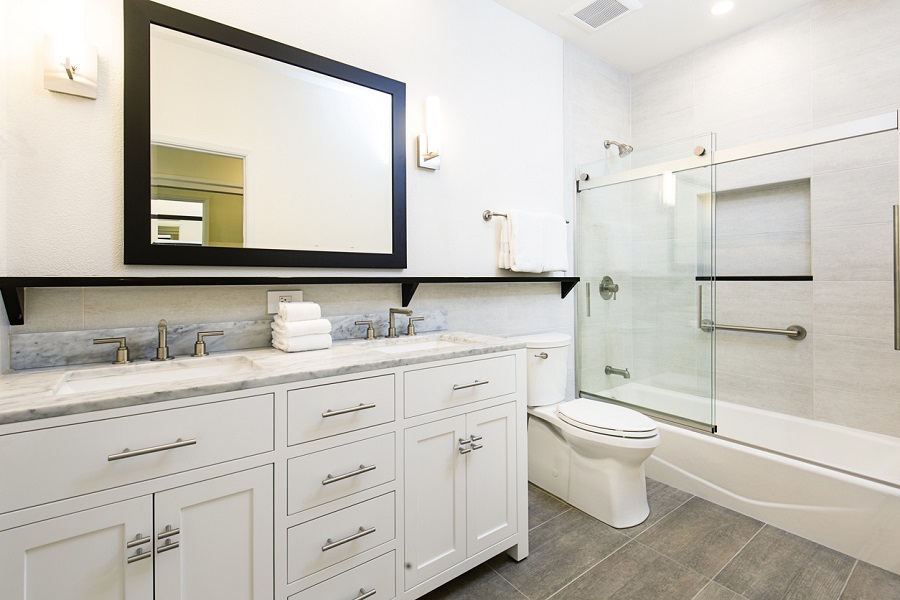
Acrylic is generally a much more durable material when compared to porcelain. Although porcelain tubs have a much harder surface and are more resistant to scratches when compared to acrylic, the harder surface is much more susceptible to cracks and chipping from heavy impacts. Fixing bathtub cracks in porcelain tubs can be more challenging and may require specialized repair techniques to restore the tub’s appearance and functionality.
Acrylic is a softer material and can, therefore, weather hard impacts much easier. whether hard impacts much easier.
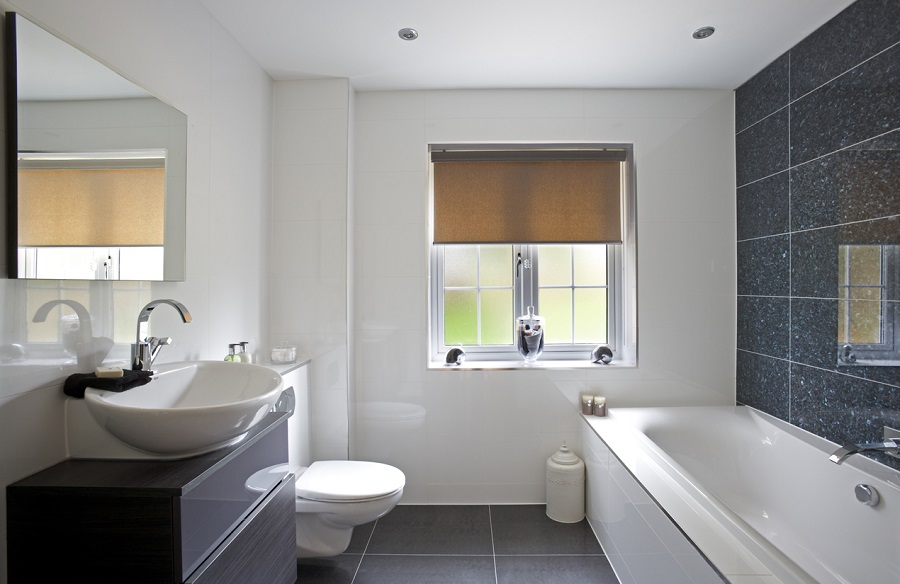
Maintaining either porcelain or acrylic is actually very similar. They both require a great deal of care to clean properly without damaging the material itself. The big difference is that acrylic can be cleaned with a commercial based cleaner or detergent where porcelain cannot.
Porcelain requires a hand wash with either a vinegar solution, lemon water, or soap. Avoid using steel wool or any abrasive brushes as well when cleaning your porcelain tub. Either material will discolor over time if proper care is not applied. For detailed instructions, refer to a bathtub cleaning guide to ensure you are using the correct methods and products to maintain your tub’s appearance and longevity.
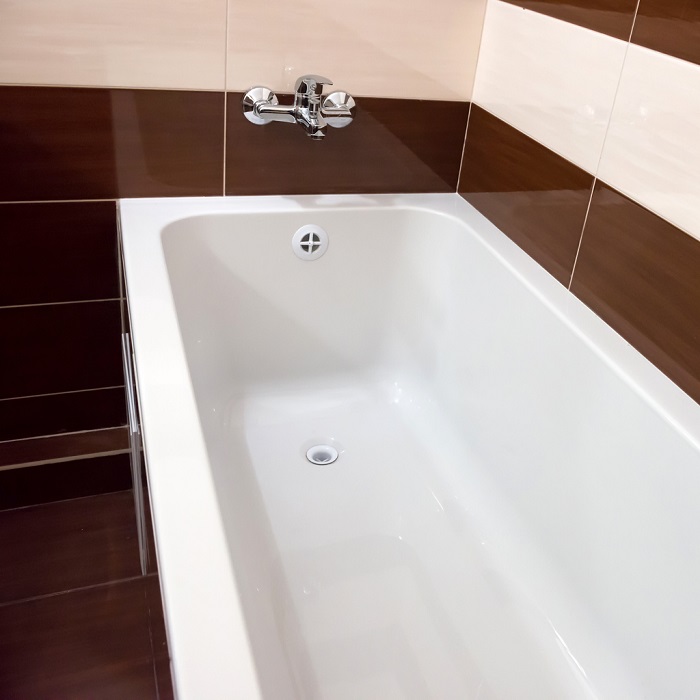
Restoration is the same for both materials, although in the case of acrylic, it is slightly easier to repair/restore an acrylic tub than a porcelain tub. If an acrylic tub is damaged, it can be repaired with a refinishing kit, which will reapply a coating over the surface, removing many of the initial blemishes.
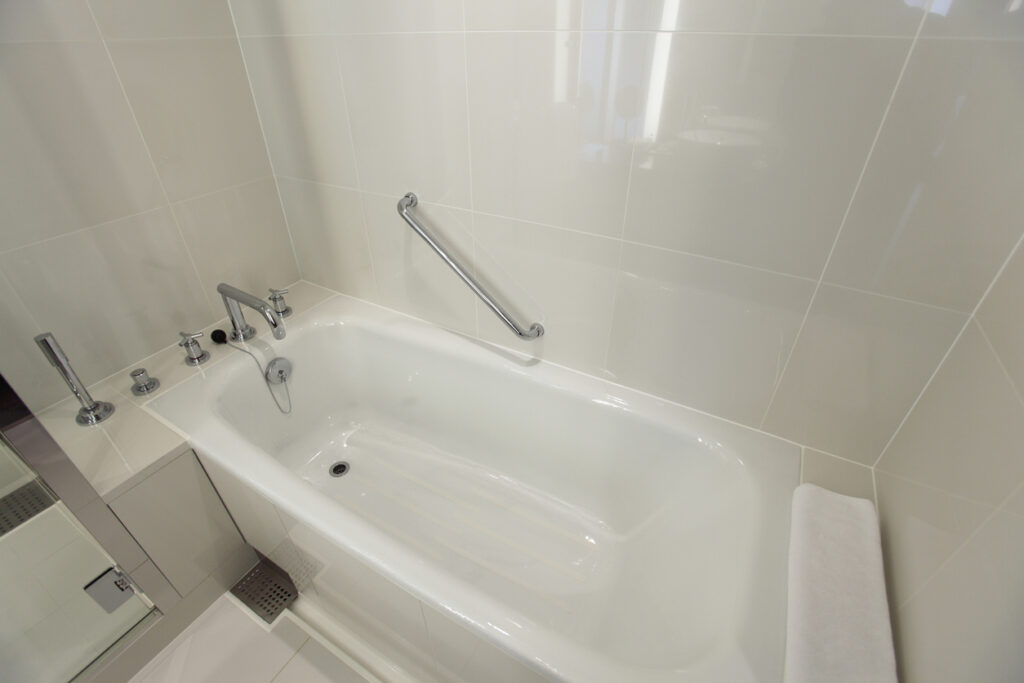
Repairing a porcelain tub is accomplished in a similar method, using a store bought refinishing kit, although in many cases, it is advisable to seek professional application.
In terms of popularity and resell value, both of these materials are fairly popular. Porcelain provides a more classic look and feel, where acrylic is more modern and easier to incorporate in any color scheme. Porcelain used to command more value on resale, but today, both of these are about equal as many homes contain both a modern and classic appeal.

When it comes to general maintenance and stain removal, acrylic is a much better material than porcelain. Porcelain tubs have a more rigid surface, making them more resistant to scratches and more susceptible to cracks and damage from heavy impacts. Because of the surface, you cannot clean porcelain tubs with abrasive cleaners or anything that might damage it, such as scouring powder, steel wool, or vinegar. To clean a porcelain tub, you will need to use a combination of ammonia, baking soda, and warm water to gently scrub the stained areas of the tub until they are gone. On the other hand, acrylic is much easier to clean, as a combination of hot water, baking soda, or a mild detergent is enough to remove most stains. Simply fill the tub with vinegar and hot water, leave for 15 minutes, then drain and scrub with baking soda.
When it comes to general maintenance and stain removal, acrylic is a much better material than porcelain. Porcelain tubs have a more rigid surface, making them more resistant to scratches and more susceptible to cracks and damage from heavy impacts. Because of the surface, you cannot clean porcelain tubs with abrasive cleaners or anything that might damage it, such as scouring powder, steel wool, or vinegar. To clean a porcelain tub, you will need to use a combination of ammonia, baking soda, and warm water to gently scrub the stained areas of the tub until they are gone. On the other hand, acrylic is much easier to clean, as a combination of hot water, baking soda, or a mild detergent is enough to remove most stains. Simply fill the tub with vinegar and hot water, leave for 15 minutes, then drain and scrub with baking soda.
When it comes to comfort, acrylic tubs tend to have an advantage over porcelain. Acrylic naturally feels warmer to the touch, so when you step in, the surface is not as cold against your skin. This makes it more inviting for long soaks, as the material adjusts more quickly to the temperature of the water. Porcelain, on the other hand, can feel noticeably colder at first contact because of its harder enamel surface and underlying metal base. Although porcelain tubs eventually warm up as the bath fills, many people find the initial chill less comfortable compared to acrylic.
Porcelain tubs generally last longer than acrylic tubs if properly maintained. The enamel surface is highly durable and resistant to everyday wear, which means a porcelain tub can easily last for decades with the right care. Acrylic tubs, while still durable, usually have a lifespan of about 10–15 years before signs of wear such as surface dullness or discoloration become more noticeable. While both can be refinished to extend their usable life, porcelain’s natural strength and longevity often make it a better option for homeowners looking for a long-term investment.
Safety is another factor to consider when comparing acrylic and porcelain tubs. Acrylic tubs often feature a naturally textured surface that helps reduce slipping, making them a safer choice for households with children or older adults. Porcelain tubs, in contrast, have a smoother and more slippery finish when wet. This can increase the risk of slipping unless anti-slip mats or treatments are added. While both materials can be safe with proper precautions, acrylic generally provides a more slip-resistant surface right out of the box.
Installing an acrylic tub is far easier compared to porcelain due to its lighter weight and flexible construction. Acrylic can often be maneuvered into tight spaces and even installed as a DIY project for experienced homeowners. Porcelain tubs, on the other hand, are much heavier and typically require professional installation. In some cases, additional floor reinforcement may be necessary to support the weight of a porcelain tub, especially in older homes. These installation differences not only affect labor costs but also the overall feasibility of choosing one material over the other.
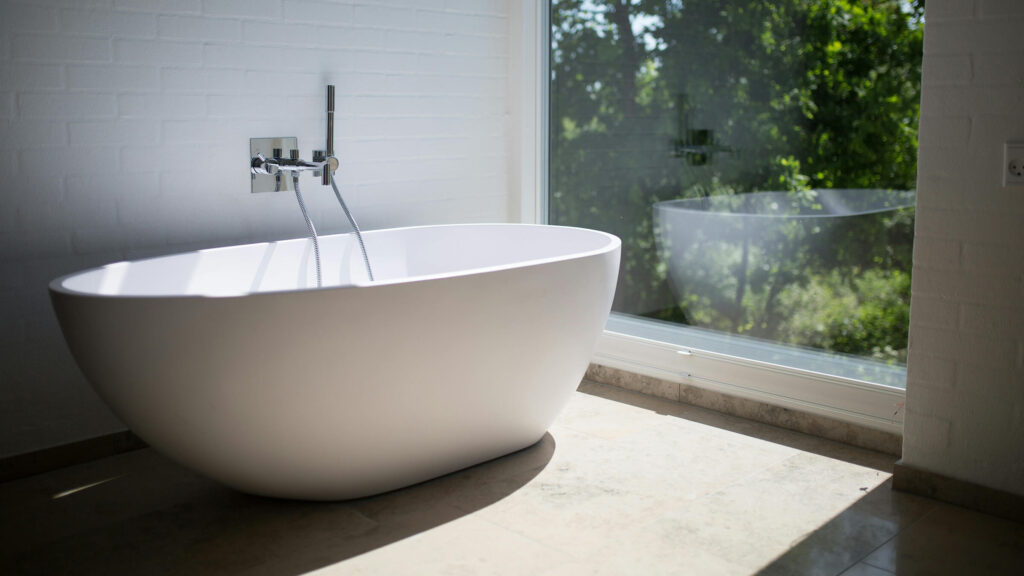
If you’re weighing the benefits of acrylic versus porcelain, it helps to look at the strengths and drawbacks of each material side by side. Both have clear advantages depending on what you value most — whether that’s cost, durability, ease of maintenance, or overall style. The following table breaks down the key pros and cons of acrylic and porcelain bathtubs across the most important aspects to consider:
| Aspect | Acrylic Bathtub | Porcelain Bathtub |
|---|---|---|
| Weight | Pros: Lightweight, easy installation | Cons: Heavy, difficult installation |
| Heat Retention | Pros: Better heat retention | Cons: Heat dissipates faster |
| Cost | Pros: Generally cheaper | Cons: Generally more expensive |
| Durability | Pros: More resistant to impacts | Cons: Susceptible to cracks, chips |
| Maintenance | Pros: Can use commercial cleaners | Cons: Requires specific cleaning |
| Restoration | Pros: Easier to repair | Cons: May require professional help |
| Popularity and Resale | Pros: Modern, versatile design | Pros: Classic look, timeless appeal |
| Stain Removal | Pros: Easier to clean | Cons: Requires gentle cleaning methods |
When choosing between acrylic and porcelain bathtubs, it helps to weigh both the advantages and drawbacks of each material. Below, we break down the key pros and cons so you can better decide which option fits your bathroom, lifestyle, and budget.
Are you wondering why an acrylic tub might be a good choice? Here are the main advantages.
Acrylic tubs are much lighter than porcelain, making them easier to transport, maneuver, and install. In many cases, they can even be installed without professional help.
Because acrylic is made from fiberglass-reinforced plastic, it holds onto heat longer. This makes for a warmer, more comfortable soak compared to porcelain tubs.
One of the biggest advantages of acrylic is its lower price point. These tubs are budget-friendly to buy and install, making them a popular choice for homeowners who want a quality bathtub without overspending.
Acrylic tubs are softer and more forgiving when hit with heavy objects. While they can scratch, they’re less likely to chip or crack compared to porcelain.
With a smooth, nonporous surface, acrylic tubs are easy to clean using standard cleaners like mild soap or baking soda. Stains can usually be removed with simple household solutions.
If scratches or wear appear, acrylic tubs can often be repaired at home with refinishing kits, making them easier to restore than porcelain tubs.
Although acrylic tubs have many advantages, there are also downsides to consider.
The softer surface of acrylic makes it more prone to scratching. Using abrasive cleaning tools or harsh chemicals can quickly damage the finish.
Acrylic tubs usually last around 10–15 years before showing signs of wear. Even with refinishing, they typically don’t match the decades-long durability of porcelain.
While versatile in style and color, acrylic tubs don’t always carry the same timeless, premium look that porcelain tubs provide, which may affect resale in more traditional homes.
Porcelain tubs are a classic choice for many homeowners. Here are the benefits that make them stand out.
Porcelain has a hard enamel surface that is highly resistant to scratches from everyday use, keeping its glossy finish intact longer.
When properly maintained, porcelain tubs can last several decades. Their robust enamel and iron construction make them a long-term investment.
Porcelain tubs offer a traditional, high-end look that fits well in luxury or vintage-style bathrooms. Their glossy finish enhances resale value in homes that emphasize classic design.
Although they require specific cleaning methods, porcelain tubs are less likely to absorb stains compared to softer materials, helping them maintain their polished appearance.
While porcelain has strong advantages, it also comes with challenges.
The iron or steel base makes porcelain tubs very heavy. This not only complicates installation but may also require reinforced flooring.
Porcelain tubs lose heat faster than acrylic because of the metal base. Unless insulated, they may cool down quickly during long baths.
Though scratch-resistant, porcelain is more brittle under impact. A dropped object can chip or crack the enamel surface, which often requires professional repair.
Porcelain tubs can’t handle abrasive cleaners or tools. Instead, they require gentler solutions like vinegar, lemon water, or ammonia-based mixtures to prevent damaging the enamel.
Overall, acrylic is a much more versatile bathtub material than porcelain. It has arguably better durability, better heat retention, and it is much more flexible in terms of design and style. Maintenance and repair for both materials is about even, and generally acrylic is cheaper than porcelain, so unless you are married to the classic look, acrylic is the recommended choice for your bathroom.

Eric is the founder and president of Badeloft USA. He has been the president of Badeloft’s US division for over ten years and oversees all marketing and branding aspects of Badeloftusa.com.
His expertise lies in small business development, sales, and home and bathroom industry trends and information.
Contact us with any business related inquiries.
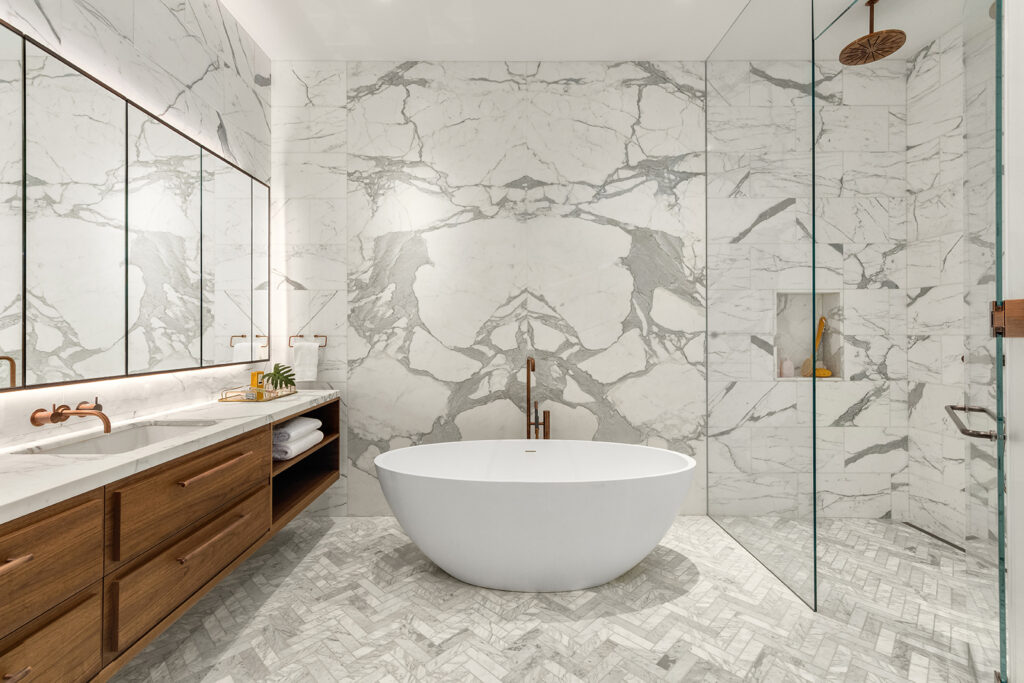
Free material samples and tub templates

Acrylic and porcelain bathtubs make excellent additions to any bathroom, but it is important to understand their differences before you

Choosing the right freestanding tub faucet isn’t just about style—it’s also about placement. A poorly positioned faucet can lead to
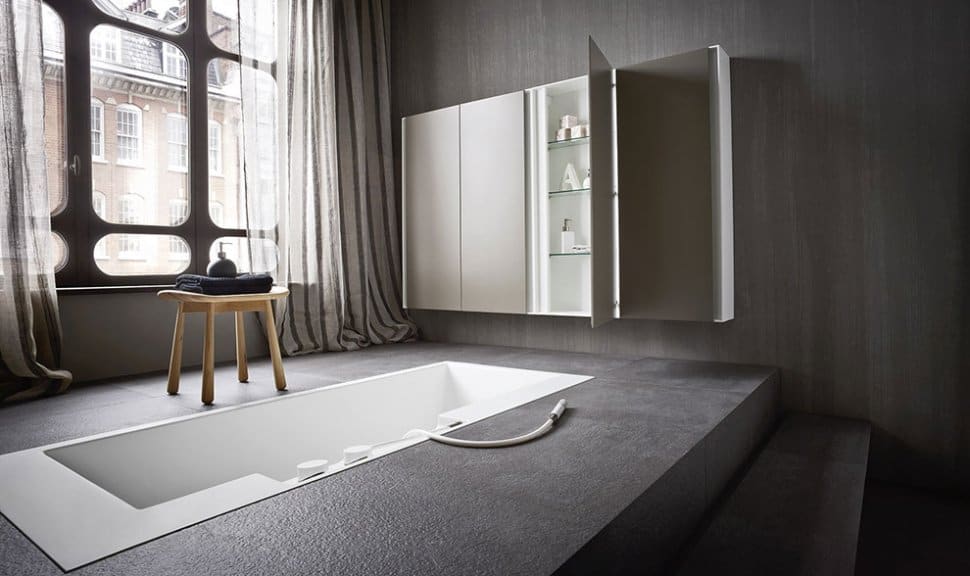
If you’re looking to create a spa-like atmosphere in your bathroom, a sunken bathtub might be the luxurious upgrade you

When you’re searching for the right tub, you will find that there are two main types to choose from: alcove
Request your free material sample below. By submitting, you agree to receive occasional product updates and offers from Badeloft. Unsubscribe anytime.
"*" indicates required fields
"*" indicates required fields
"*" indicates required fields
Acrylic is a softer material and can, therefore, weather hard impacts much easier. whether hard impacts much easier.
Costs between Acrylics and Porcelain will also depend on the size of the tub that the end user.
Acrylic yellows over time. Porcelain does not. Has this changed?
acrylic always looks like a cheap contractor add on, porcelin looks and feels better